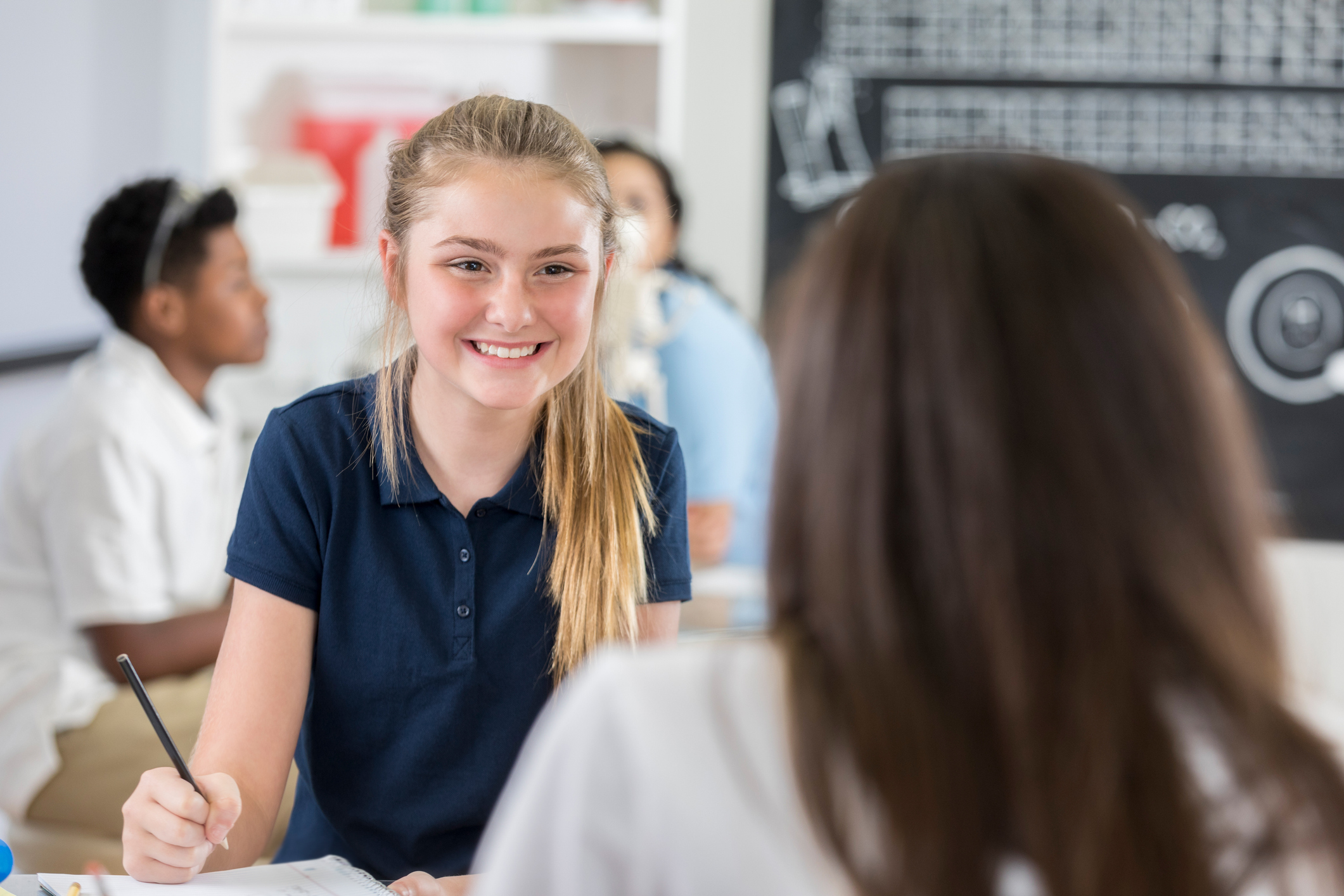The Path to Successful Problem Solving
5 Steps to Use in Your Classroom
Written by: Jay Meadows, Exemplars, CEO
How do we get our students engaged in mathematics today? How do we get them excited to learn and play with the concepts we’re teaching? These are questions every educator has to consider. And these days, finding answers seems more challenging than ever.
We can find a clue when we go back to the basics and ask, What is mathematics? Is it learning to add, subtract, multiply, and divide? That’s arithmetic, and only a part of a more powerful whole. Mathematicians consider arithmetic the computational and procedural parts of a much broader discipline.
After all, mathematics is more than the application of rules. It’s the search for solutions, understanding, and sense-making. And when we ask students to be the thinkers, the strategists, the problem solvers and sense makers, rather than the receivers and rote processors of information, they develop curiosity: They get excited to share their ideas and discuss their problem-solving plans. They can’t wait to raise their hand to explain their thinking. They become invested in the search for the most efficient strategies.
They fully engage in the process. They play. And they learn. And they build the skills that equip them to take on complicated real-world problems.
So how do we engage our students in developing the rich conceptual understanding and procedural fluency that underpin mathematics? We take on this challenge through problem-solving performance tasks that are designed to evoke critical thinking and reasoning about possible-solution strategies, crafted so that students can successfully address the problem from various entry points—flexible enough that they work in any instructional mode.
In this series, Exemplars will share a variety of approaches that will help teachers:
- successfully unpack problem-solving tasks with their students,
- provide ideas to help students develop their own strategies to begin finding reasoned solutions,
- develop plans for students to successfully collaborate with their peers,
- define for their students what a strong solution looks like, and
- get students started with self- and peer-assessment.
We’ll share best practices and research-based advice you can use right away. You’ll discover new ideas for getting your students engaged. And together we’ll grow the capable, confident problem solvers the world needs.



